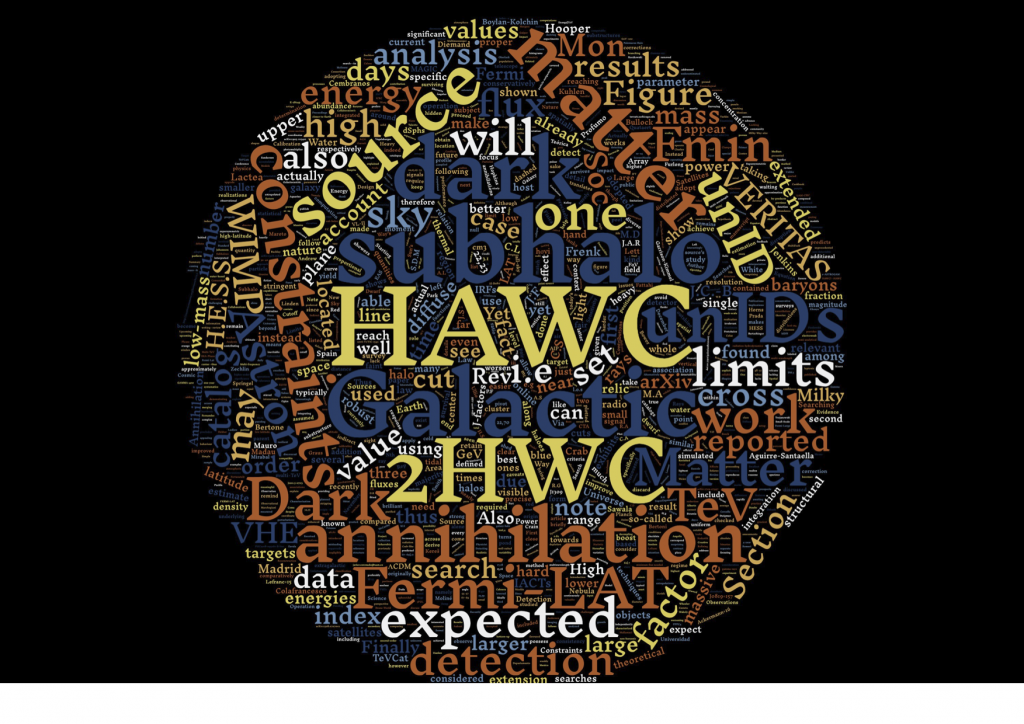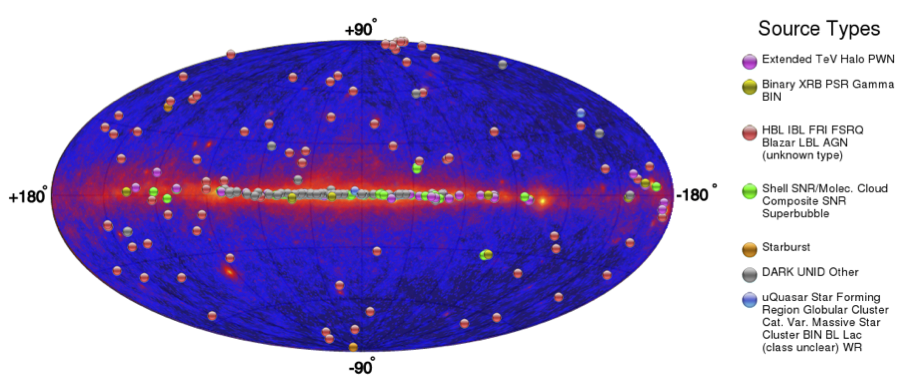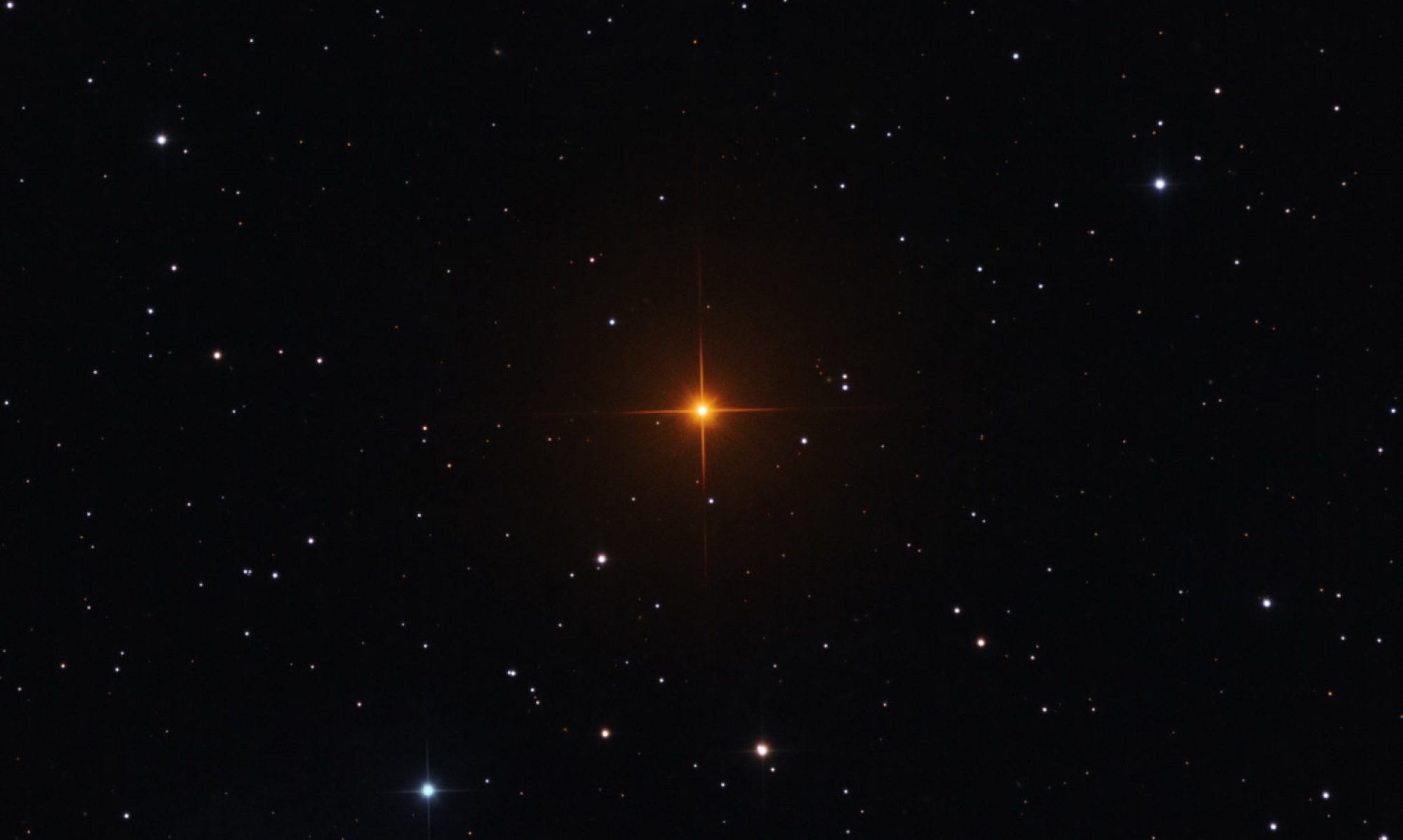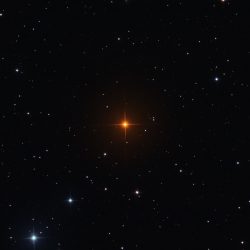
Written by Javier Coronado-Blázquez.
Summary of the paper with the same title published by Galaxies.
arXiv: 2001.02536
Unidentified gamma-ray sources (unIDs) have proven to be competitive targets for indirect DM detection, via the ΛCDM-predicted subhalos in our own Galaxy, not massive enough to retain baryons and become visible. These may shine in gamma rays provided that the dark matter (DM) is made of weakly interacting massive particles (WIMPs), that would self-annihilate and would appear as unIDs.
In previous works, we used Fermi-LAT due to the all-sky coverage, which maximizes the probability of finding a DM subhalo within the unIDs pool. One can play the same game for Very High Energy (VHE) observatories, such as the Imaging Atmospheric Cherenkov Telescopes (IACTs). Some of them are MAGIC, H.E.S.S., VERITAS or MILAGRO. The “problem” of these observatories is that, unlikely Fermi-LAT, are pointing telescopes, i.e., have a very narrow field of view, and therefore, the sky coverage is very small.
Another interesting observatory is HAWC, which works very similar to IACTs, but using water as medium for the Cherenkov radiation. HAWC is not a pointing telescope, and due to the rotation of the Earth it observes ~2/3 of the sky with uniform exposure. Combining all these observatories produces the TeVCat, a VHE source catalog. As we are interested in high-latitude sources, due to the Galactic astrophysical confusion at low latitudes.
In the TeVCat we find three interesting high-latitude (|b|≥10º) sources present in HAWC’s 2HWC catalog, with no associations at other wavelengths. Indeed, only one of these sources, 2HWC J1040+308, is found to be above the HAWC detection threshold when considering 760 days of data, a factor 1.5 more exposure time than in the original 2HWC catalog. Other instruments such as Fermi-LAT or VERITAS at lower energies do not detect this source.
Also, this unID is reported as spatially extended, which is supposed to be a “smoking gun” in a DM search context. While waiting for more data that may shed further light on the nature of this source, we can set competitive upper limits on the annihilation cross section by comparing this HAWC unID to expectations based on state-of-the-art N-body cosmological simulations of the Galactic subhalo population. We find these constraints to be particularly competitive for heavy WIMPs.
Although far from the thermal relic cross section value, the obtained limits are independent and nicely complementary to those from radically different DM analyses and targets, demonstrating again the high potential of this DM search approach.


